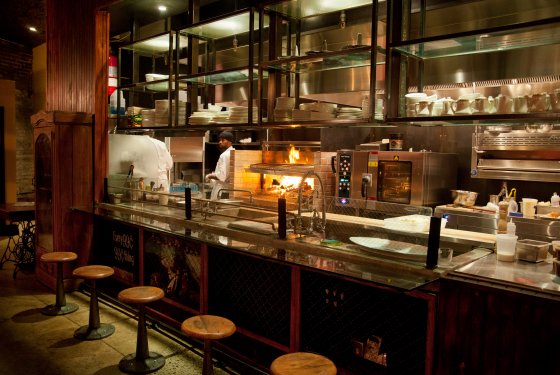
What is a Food Dehydrator its uses und Advantages in Modern Kitchen
Make amazing dried food produces weather its a rose petals, strawberry ,kiwi, carrot or any thing that has a close tissue texture can be made to amazingly crunchy dry products that can be stored for long. unlike you dry in oven the dehydrators will not discolor the food , the main reason is as the name suggest the process of removing liquid from the food slowly. so there is no caramelisation happening to discolor the food from its natural state. This will lead to amazing results by keeping the natural colors.
Food dehydrator refers to a device that removes moisture from food to aid in its preservation. A food dehydrator uses a heat source and air flow to reduce the water content of foods. The water content of food is usually very high, typically 80% to 95% for various fruits and vegetables and 50% to 75% for various meats. Removing moisture from food restrains various bacteria from growing and spoiling food. Further, removing moisture from food dramatically reduces the weight of the food. Thus, food dehydrators are used to preserve and extend the shelf life of various foods. The first commercial food dehydrator was sold in 1920.
Devices require heat using energy sources such as solar or electric power, and vary in form from large-scale dehydration projects to DIY projects or commercially sold appliances for domestic use. A commercial food dehydrator’s basic parts usually consist of a heating element, a fan, air vents allowing for air circulation and food trays to lay food upon. A dehydrator’s heating element, fans and vents simultaneously work to remove moisture from food. A dehydrator’s heating element warms the food causing its moisture to be released from its interior. The appliance’s fan then blows the warm, moist air out of the appliance via the air vents. This process continues for hours until the food is dried to a substantially lower water content, usually fifteen to twenty percent or less.Most foods are dehydrated at temperatures of 130°F, or 54°C, although meats being made into jerky should be dehydrated at a higher temperature of 155°F, or 68°C, or preheated to those temperature levels, to guard against pathogens that may be in the meat. The key to successful food dehydration is the application of a constant temperature and adequate air flow. Too high a temperature can cause hardened foods: food that is hard and dry on the outside but moist, and therefore vulnerable to spoiling, on the inside.
Solar food dehydrators
Solar food drying involves the use of a solar dryer designed and built specifically for this purpose. Solar drying is distinctly different from open air “sun drying,” which has been used for thousands of years. A good solar food dryer dries food much faster than air drying. It can achieve higher food drying temperature, control airflow, and keep food protected while drying.
Food drying is an excellent solar energy application since food drying primarily requires heat and solar radiation is easily converted to heat. A clear or translucent glazing allows sunlight to enter an enclosed chamber where it is converted to heat when it strikes a dark interior surface. Airflow is typically achieved with natural convection (warm air rises). Adjustable venting allows regulation of airflow and temperature.
Solar food drying is effective and practical in most of the populated places of the world. A general rule is that, if you can grow a successful vegetable garden, then there is enough solar energy to dry the food you produce (some overcast, northern maritime climates are the exception).Some solar food dryer designs employ a separate solar collector to generate the heated air, which is then directed into a food chamber or cabinet. Other designs combine the collector and food cabinet and allow direct heating of food. Backup electric heating can incorporated into some solar food dehydrators to provide an alternative heat source if the weather changes.
Solar food dehydrators are often cited as viable tools in the search for agricultural sustainability and food security.
description as seen on wikipedia.com

